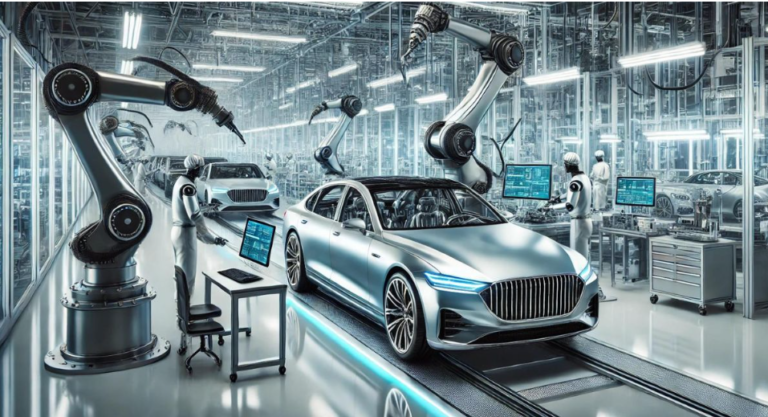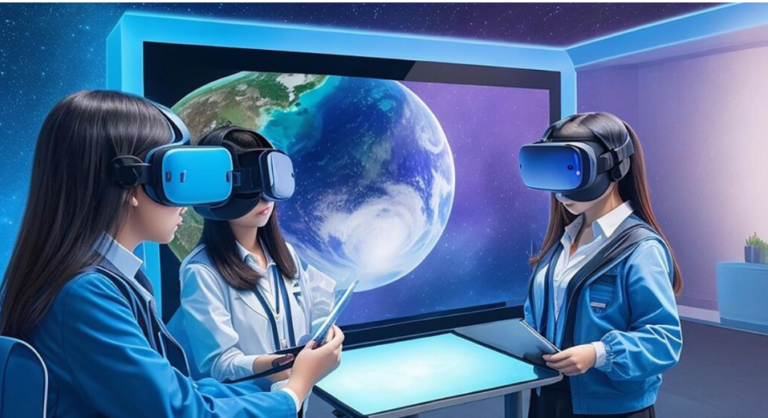Evaluating Events Occurring Between 2023-1954
The period from 2023 to 1954 spans nearly seven decades, a time frame rich with historical, technological, and cultural transformations that have profoundly shaped our world. This era is marked by significant events and advancements that continue to influence our present and future.
Historical Milestones
1954-1970s: Post-War Reconstruction and Cold War Tensions
- The aftermath of World War II saw countries rebuilding and redefining their political landscapes. The Cold War began, leading to a global power struggle between the United States and the Soviet Union.
- The Civil Rights Movement in the United States gained momentum, leading to significant social changes and the fight for equality.
1980s-1990s: Technological Boom and Globalization
- The 1980s witnessed the rise of personal computing, with companies like Apple and Microsoft revolutionizing the tech industry.
- The fall of the Berlin Wall in 1989 symbolized the end of the Cold War, leading to the reunification of Germany and the dissolution of the Soviet Union.
- The 1990s saw the advent of the internet, transforming communication, commerce, and daily life.
2000s-2023: Digital Age and Global Challenges
- The early 2000s were marked by the rapid growth of the internet and the rise of social media platforms, changing how people connect and share information.
- Global challenges such as climate change, pandemics, and geopolitical tensions have shaped policies and international relations.
- Technological advancements in artificial intelligence, renewable energy, and space exploration have opened new frontiers for humanity.
Cultural Shifts
Music and Entertainment
- The evolution of music from rock ‘n’ roll in the 1950s to the diverse genres of today reflects broader cultural shifts. The rise of digital streaming has transformed how we consume music.
- The film industry has seen significant changes, from the golden age of Hollywood to the dominance of blockbuster franchises and streaming services.
Social Movements
- Social movements advocating for civil rights, gender equality, and LGBTQ+ rights have made significant strides, reshaping societal norms and values.
- The Me-Too movement and other advocacy efforts have brought attention to issues of harassment and inequality, leading to greater awareness and change.
Technological Advancements: 2023-1954
Computing and the Internet
- The development of the microprocessor in the 1970s paved the way for personal computers, which became household staples by the 1990s.
- The internet’s growth has connected the world, enabling instant communication and access to information.
Space Exploration
- The space race of the 1960s culminated in the Apollo moon landings, inspiring generations of scientists and engineers.
- Recent advancements include the exploration of Mars, the development of reusable rockets, and the potential for commercial space travel.
Changes in Education 2023-1954
The period from 1954 to 2023 has seen transformative changes in education, driven by societal shifts, technological advancements, and evolving pedagogical theories. Here are some key changes:
1954-1970s: Foundations of Modern Education
Desegregation and Equal Access
- Brown v. Board of Education (1954): This landmark Supreme Court decision declared racial segregation in public schools unconstitutional, paving the way for integrated education in the United States.
- Elementary and Secondary Education Act (1965): Signed by President Lyndon B. Johnson, this act aimed to close the educational gap by providing federal funding to schools, especially those in low-income areas.
1980s-1990s: Technological Integration and Globalization
Introduction of Computers
- The 1980s saw the introduction of personal computers in classrooms, revolutionizing how students learn and teachers instruct.
- Internet and Digital Resources: By the 1990s, the internet became a crucial educational tool, providing access to vast amounts of information and enabling new forms of learning and collaboration.
2000s-2023: Digital Age and Personalized Learning
E-Learning and Online Education
- The rise of e-learning platforms and online courses has made education more accessible and flexible. Students can now learn at their own pace and from anywhere in the world.
- COVID-19 Pandemic: The pandemic accelerated the adoption of remote learning technologies, highlighting the importance of digital literacy and infrastructure.
Artificial Intelligence and Adaptive Learning
- AI-powered tools are being used to create personalized learning experiences, adapting to the needs and progress of individual students.
- Gamification and Interactive Learning: Modern educational methods increasingly incorporate gamification and interactive elements to engage students and enhance learning outcomes.
Cultural and Pedagogical Shifts
Focus on Inclusivity and Diversity
- There has been a growing emphasis on creating inclusive educational environments that cater to diverse student populations, including those with special needs.
- Social-Emotional Learning (SEL): Schools are increasingly recognizing the importance of SEL, integrating it into curricula to support students’ emotional and social development.
Shift from Rote Learning to Critical Thinking
- Educational approaches have shifted from rote memorization to fostering critical thinking, problem-solving, and creativity.
- Project-Based Learning (PBL): PBL has become more prevalent, encouraging students to engage in hands-on projects that promote deeper understanding and real-world application of knowledge.
- The evolution of education from 1954 to 2023 reflects broader societal changes and technological advancements. From desegregation and equal access to the digital revolution and personalized learning, these changes have collectively shaped a more inclusive, flexible, and dynamic educational landscape.
Conclusion
The years 2023-1954 have been a period of remarkable change and progress. From the reconstruction efforts post-World War II to the digital age’s technological marvels, this era has laid the foundation for our current and future advancements. Understanding this transformative period helps us appreciate the journey humanity has undertaken and the milestones that have shaped our world.












+ There are no comments
Add yours